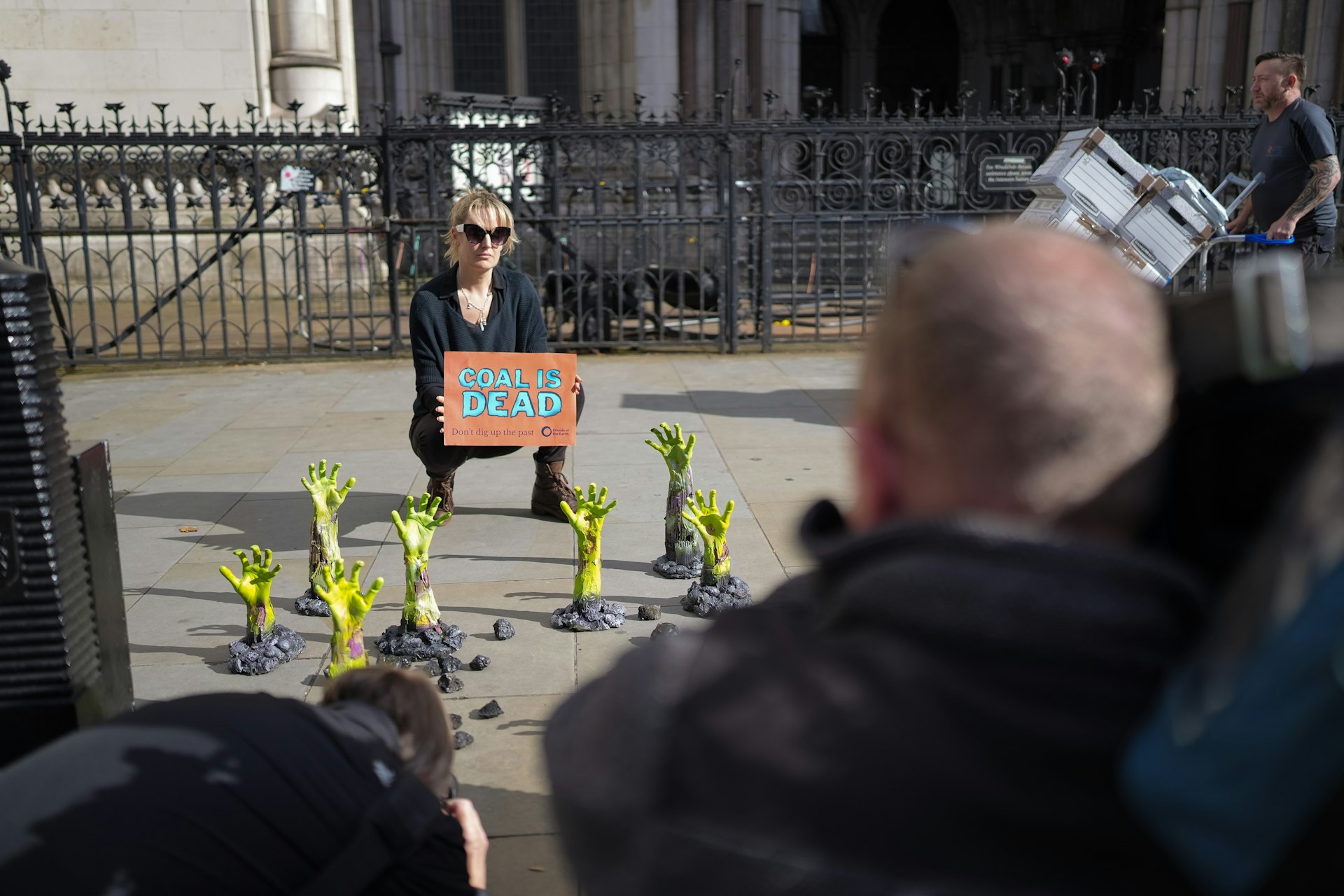Documenting the rural beauty of the Bangladesh border
- Text by Madison Beach
- Photography by Madison Beach

During the 10-hour van, rickshaw and boat journey to the Indian border an assortment of landscapes rushed passed. My mind raced to the preconceptions I had before I arrived and whether these landscapes matched up, but truth be told I had no idea what to expect when I stepped off the plane in Dhaka.
When I arrived at the village I would be calling home for four months – based 30 minutes away from the Indian border – I felt immediately comfortable after putting up my mosquito net and coming to terms with the squat toilet. I would be living here to volunteer as a community worker, delivering workshops to the local people on health and social issues affecting the rural villages found on the edge of Bangladesh.


During the workshops, one issue continued to arise with both the youth and community elders: unemployment. Bangladesh has a similar unemployment rate to the UK (4.10 per cent and 4.2 per cent respectively) but has almost three times the population. This is becoming an increasingly bigger problem, with the elderly struggling to adapt to new technology and young people graduating with skills not required by the jobs available.
Another issue that became very clear when we were providing written information during our workshops was illiteracy. With hundreds of people often applying for one job in these rural areas, illiteracy can provide the first hurdle in the application process.


Despite the challenges, everyone I met was incredibly proud of their country, often referring to it as their “beautiful Bangladesh.” As I looked across at the huge mountains and stunning fields lined with cattle during my weekly rickshaw rides, I realised how deceptive this natural beauty can be. It’s without a doubt the most stunning country I have visited – and yet due to widespread poverty shaped by unemployment, daily life here is often a struggle. I found my eye (and camera) being drawn to the resilient, welcoming people that call Bangladesh home and the landscapes that surround them.











See more of Madison Beach’s work on her Instagram.
Enjoyed this article? Like Huck on Facebook or follow us on Twitter.
Latest on Huck

Autism cannot be cured — stop trying
A questionable study into the ‘reversal’ of autism does nothing but reinforce damaging stereotypes and harm, argues autistic author Jodie Hare.
Written by: Jodie Hare

Bristol Photo Festival returns for second edition
After the success of it’s inaugural run, the festival returns this autumn with exhibitions, education and community programmes exploring a world in constant motion through still image.
Written by: Ben Smoke

Documenting the life of a New York gang leader paralysed by gun violence
New photobook ‘Say Less’ is a complex yet humanising look into a life wrecked by gun violence and organised crime.
Written by: Isaac Muk

The woman who defined 80s Hip Hop photography
A new exhibition brings together Janette Beckman’s visionary and boundary pushing images of an era of cultural change and moral panic.
Written by: Miss Rosen

In photos: the dogs of Dogtown
A new photobook documents Venice Beach’s four legged friends and their colourful cast of owners.
Written by: Isaac Muk

Inside the battle to stop coal
As the legal challenge against Britain’s first deep coal mine in 30 years reaches the High court, we talk to activists at the centre of the fight to stop it.
Written by: Ben Smoke